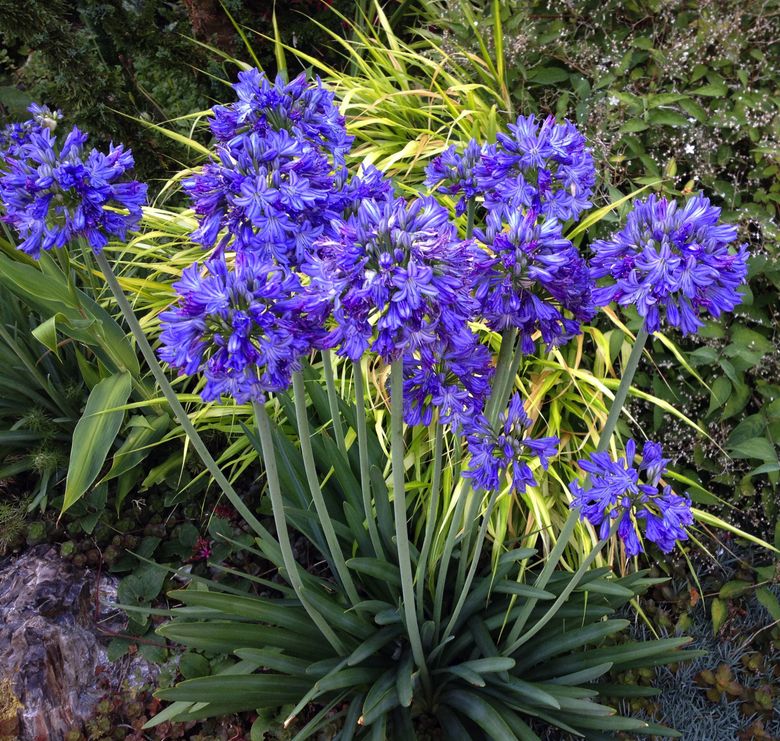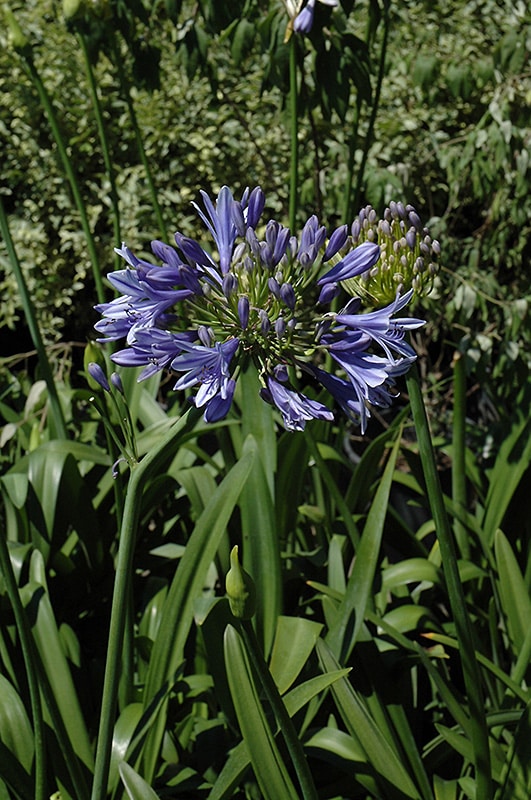Unleashing the Secret to Successful Agapanthus Growing: Advice for a Flourishing Yard
In the realm of gardening, cultivating agapanthus efficiently calls for a tactical technique that includes numerous facets of plant treatment. With careful focus to detail, one can unlock the secrets to supporting these stunning blossoms, leading to a garden that flourishes with beauty and vibrancy. By comprehending the nuances of agapanthus growing, one can create an atmosphere where these plants thrive and bloom perfectly. In the complying with conversation, we will check out necessary ideas and methods that will certainly lead you towards a growing agapanthus garden, offering understandings right into ideal techniques, dirt conditions, sprinkling methods, and more.
Planting Agapanthus: Best Practices
When planting Agapanthus, correct dirt preparation is essential for guaranteeing effective growth and growth of these lovely blossoms. Agapanthus, typically called Lily of the Nile or African lily, grows in well-draining soil with a somewhat acidic to neutral pH level - Agapanthus. Before growing, it is crucial to modify hefty clay dirts with organic issue such as compost or peat moss to enhance drain and give important nutrients for the plants
To grow Agapanthus, select an area that gets complete sunlight to partial shade, as this will promote healthy and balanced growth and abundant blooming. Dig a hole twice the diameter of the plant's origin round and place the Agapanthus at the same depth it was formerly growing. Delicately backfill the opening with soil, pushing down securely to get rid of any air pockets around the origins.
Water the freshly planted Agapanthus extensively and remain to keep the dirt equally damp, especially throughout the plant's active growing period. Agapanthus. Using a well balanced plant food once a month can additionally support the plant's development and flowering. By complying with these finest techniques for planting Agapanthus, you can develop a spectacular display screen of these captivating blossoms in your garden
Ideal Soil Conditions for Agapanthus
For optimal growth and blooming success of Agapanthus plants, guaranteeing the dirt problems are ideal is crucial. Agapanthus prospers in well-draining dirt with a slightly acidic to neutral pH degree varying from 6.0 to 7.0. This kind of dirt enables ample water drainage, preventing waterlogging which can result in root rot. To boost dirt drain, consider adding raw material such as garden compost or peat moss when preparing the growing site. Furthermore, Agapanthus likes soil that is abundant in nutrients, so integrating a balanced fertilizer during the growing season can promote healthy and balanced development and vibrant flowers.

Watering and Fertilizing Tips
To ensure healthy and balanced growth and dynamic blossoms, appropriate watering and feeding strategies are important for successful Agapanthus growing. Agapanthus plants gain from normal watering, especially throughout the expanding season. It is recommended to water useful site deeply as soon as a week, ensuring the soil is moist however not soaked. Throughout heat or in pots, even more constant watering may be required to protect against the soil from drying out entirely.
When it pertains to fertilizing Agapanthus, a well balanced plant food with equivalent components nitrogen, phosphorus, and potassium can be used in the spring to advertise healthy and balanced growth and flowering. Slow-release plant foods are ideal for providing nutrients progressively over an extensive duration. Prevent over-fertilizing, as this can lead to extreme foliage growth at the cost of blossoms.
Furthermore, integrating organic matter like compost right into the dirt can boost nutrient levels and boost dirt structure, assisting in the overall health of the Agapanthus plants. By following these watering and fertilizing tips, garden enthusiasts can guarantee their Agapanthus plants flourish and produce stunning screens of blossoms.
Pruning and Deadheading Strategies
Appropriate pruning and deadheading methods play an important duty in preserving the health and aesthetic appeals of Agapanthus plants, enhancing the necessary practices of watering and fertilizing for successful cultivation. Trimming Agapanthus involves eliminating invested blossom heads, dead or yellowing fallen leaves, and general shaping of the plant to promote better growth. Deadheading, the procedure of removing discolored flowers, not just enhances the plant's look but likewise urges additional growing.
When deadheading Agapanthus, it is a good idea to trim off the flower stem at the base utilizing sharp, clean shears. This process reroutes the plant's power from seed manufacturing back into origin and vegetation development, promoting a healthier and more robust plant. Normal deadheading can expand the blooming period of Agapanthus and stop self-seeding, which can lead to overcrowding.
In terms of trimming, Agapanthus typically advantages from a light trim after blossoming to clean the plant and motivate fresh growth. Reducing back the spent flower stems and eliminating any broken or dead vegetation helps maintain the plant's vitality and overall appearance. However, it is vital to stay clear of reducing into the crown of the plant, as this can damage its health and wellness.

Protecting Agapanthus From Pests and Diseases
Implementing efficient parasite and illness administration strategies is critical to securing the health and vigor of Agapanthus plants in farming. Agapanthus are typically sturdy plants, however they can still fall sufferer to various bugs and conditions otherwise correctly looked after. One usual insect that affects Agapanthus is the Agapanthus borer, a caterpillar that tunnels into the plant, creating damage to the leaves and blossoms. To stop infestations, normal assessment of the plants Read Full Report is essential. If borers are spotted, they can be by hand gotten rid of, or insecticidal soap can be utilized as a control procedure.
In enhancement to bugs, Agapanthus are susceptible to illness such as root rot and fungal fallen leave areas. By staying watchful and addressing pest and disease concerns promptly, gardeners can help their Agapanthus grow and grow.

Conclusion
To conclude, successful farming of agapanthus needs proper planting strategies, ideal soil conditions, sufficient watering and feeding, normal trimming and deadheading, and protection from parasites and conditions. By following these suggestions and tricks, garden enthusiasts can make sure a growing garden full of gorgeous agapanthus blooms. Agapanthus. Remember to keep consistent care and attention to detail to advertise the health and durability of these stunning plants
When planting Agapanthus, correct soil prep work is important for guaranteeing effective development and development of these stunning flowers.Water the recently planted Agapanthus thoroughly and proceed to maintain the soil evenly moist, specifically throughout the plant's energetic expanding period.For ideal growth and growing success of Agapanthus visit the website plants, making certain the soil problems are suitable is important. When planting or hair transplanting Agapanthus, make sure the dirt is well-prepared to offer the required foundation for the plants to establish themselves efficiently. One usual parasite that affects Agapanthus is the Agapanthus borer, a caterpillar that tunnels right into the plant, causing damage to the blossoms and fallen leaves.